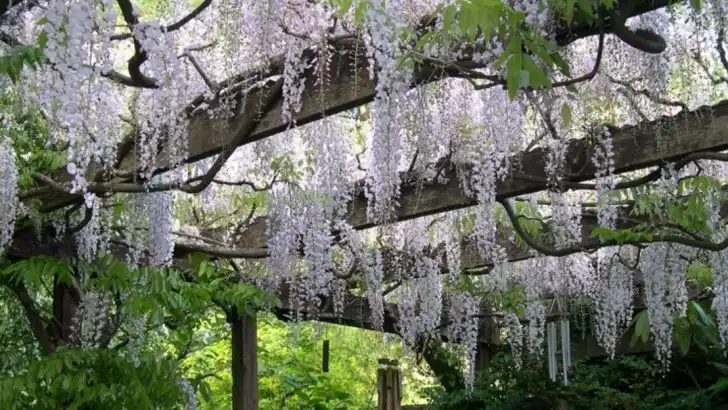Some plants just need to be fired. They might look innocent enough at the nursery, but give them a season or two—and suddenly your garden’s a tangled mess of regret. Sprawling roots. Thirsty habits. Aggressive takeovers. Sound familiar? Landscapers see the carnage all the time, and they’re not being shy about which troublemakers they’d ban from your yard for good. But don’t worry—we’re not here to take away your plants without offering better replacements. There are beautiful, dependable options that do the job without the drama. So before you plant that flashy shrub or “fast-growing” hedge, take a peek at what the pros say to skip—and what to grow instead. Your garden (and your weekends) will thank you. Ready to break up with the problem plants?
Bamboo
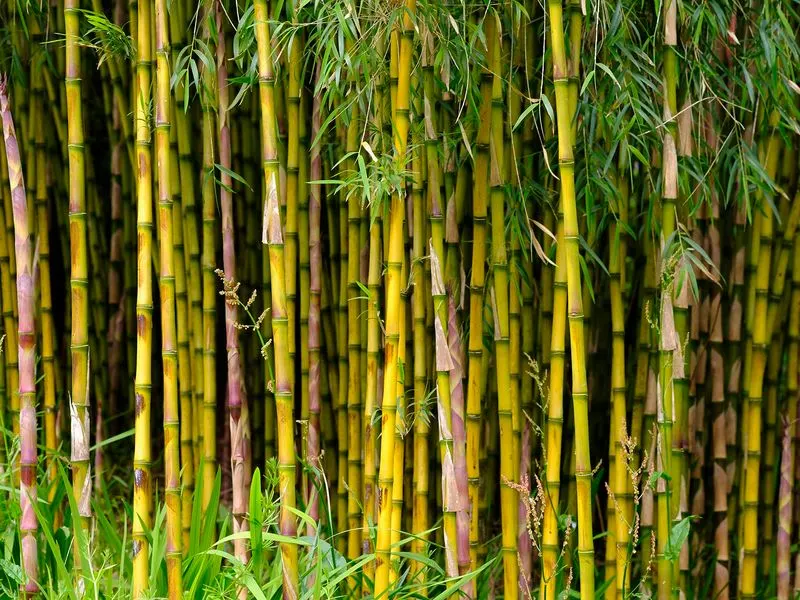
Bamboo might seem like an exotic addition to a garden, but its aggressive growth can quickly make it a nightmare. Known for its rapid spread, bamboo can overtake garden spaces and even invade neighboring properties. Its roots are nearly impossible to control without significant barriers, leading to costly removals.
For those who love the look of bamboo but dread its invasiveness, consider opting for clumping bamboo varieties. These types grow in controlled, dense clusters, providing the desired aesthetic without rampant spreading.
English Ivy
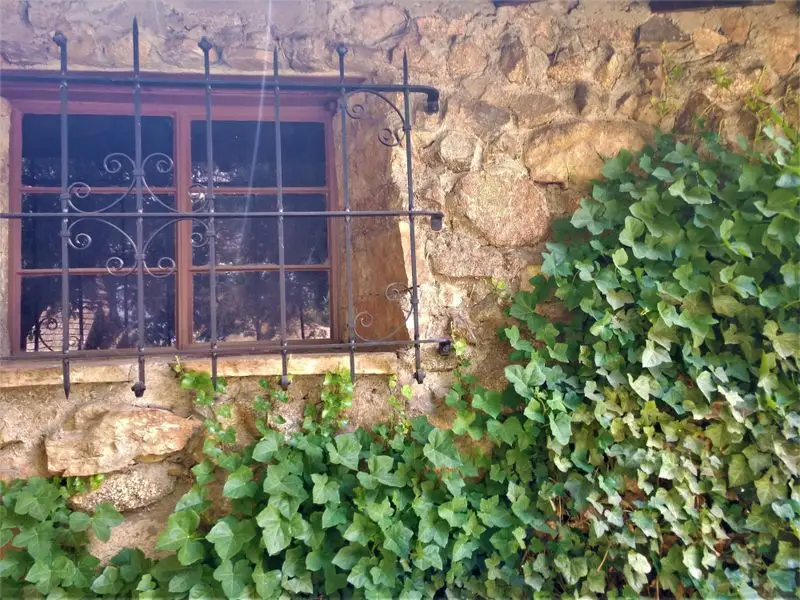
English Ivy is often admired for its ability to cover walls and create lush green spaces. Yet, its growth can be highly destructive. It clings tightly to surfaces, causing damage to walls and trees, while also harboring pests.
Replace English Ivy with Virginia Creeper, a plant that provides similar coverage without the invasive tendencies. Virginia Creeper offers vibrant red foliage in the fall, adding seasonal charm.
Japanese Knotweed
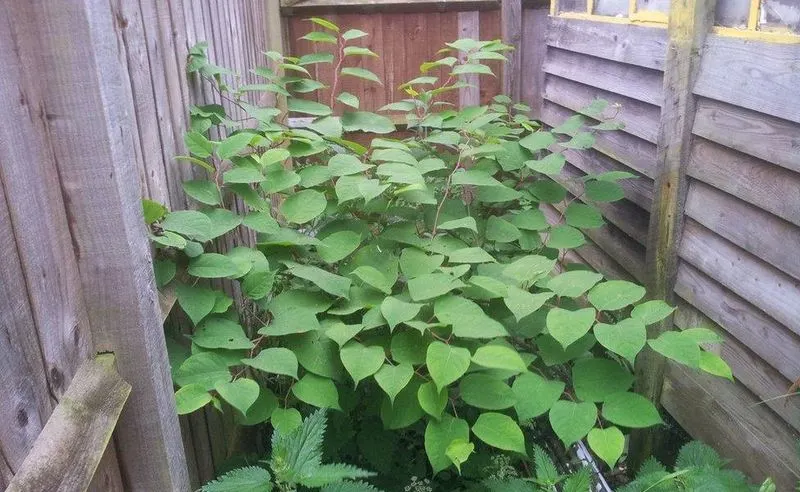
Japanese Knotweed is notorious among landscapers for its ability to cause significant harm to structures and landscapes. Its roots can damage foundations, and it’s incredibly challenging to eradicate.
Consider planting bamboo-like ornamental grasses instead, which give a similar visual without the destructive nature. These grasses add texture and movement to the garden without risking structural damage.
Mint
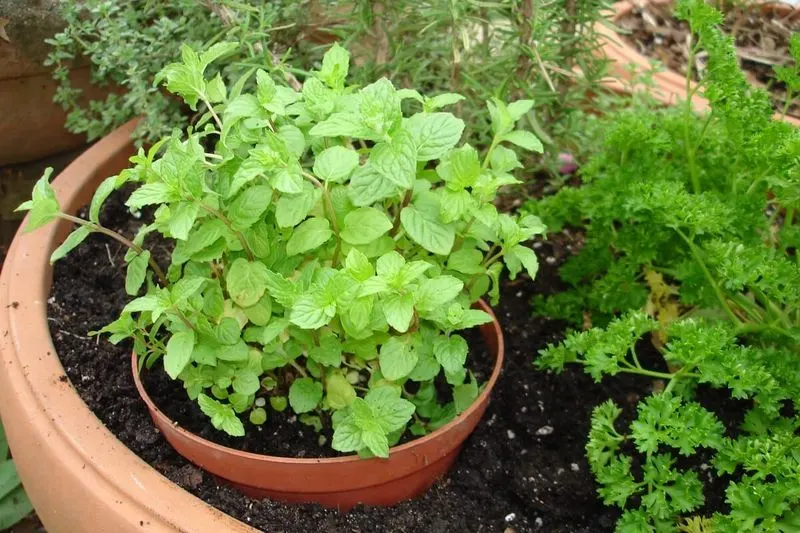
Mint is beloved for its fresh aroma and culinary uses, but its rampant growth can quickly overrun a garden. Without containment, it spreads rapidly through the soil, choking out other plants.
To enjoy mint without the chaos, plant it in containers. This allows you to savor its benefits while keeping its growth in check. Alternatively, consider using thyme, which provides similar uses without aggressive spreading.
Privet
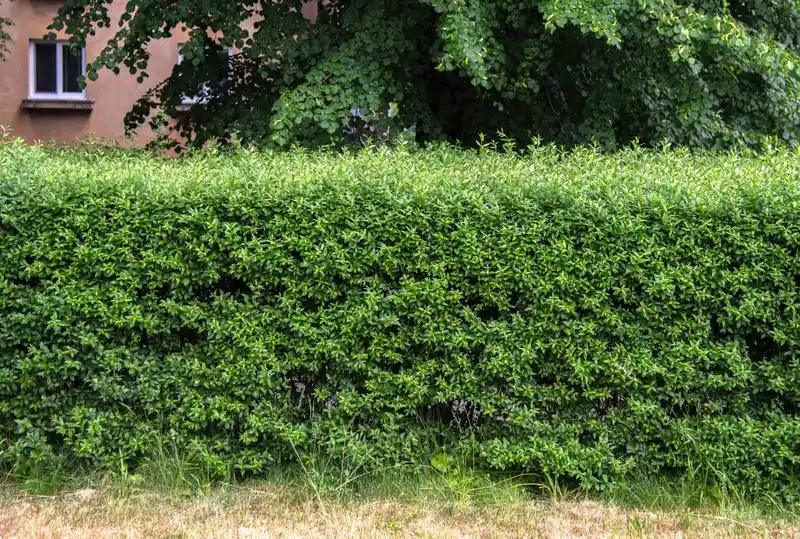
Privet hedges have long been used for privacy, but their invasive nature makes them a headache for homeowners. They can spread seeds easily, leading to unwanted growth in and around the garden.
Replace privet with boxwood or holly, which offer the same privacy benefits without the invasive tendencies. These alternatives are easier to manage and provide year-round greenery.
Russian Olive
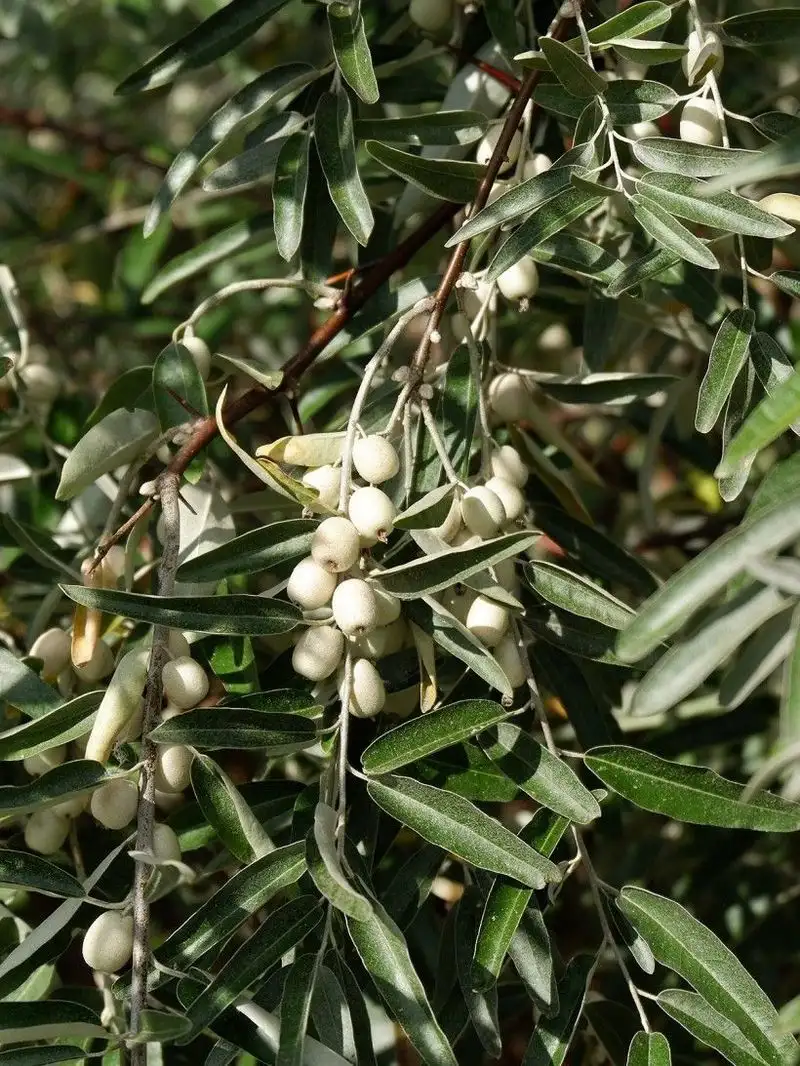
Russian Olive trees are often chosen for their drought resistance and unique appearance. However, their thorns and tendency to outcompete native species make them a poor choice for gardens.
Instead, consider planting native species like Serviceberries, which offer beautiful blossoms and support local wildlife. Serviceberries are adaptable and bring seasonal interest with their changing colors.
Wisteria
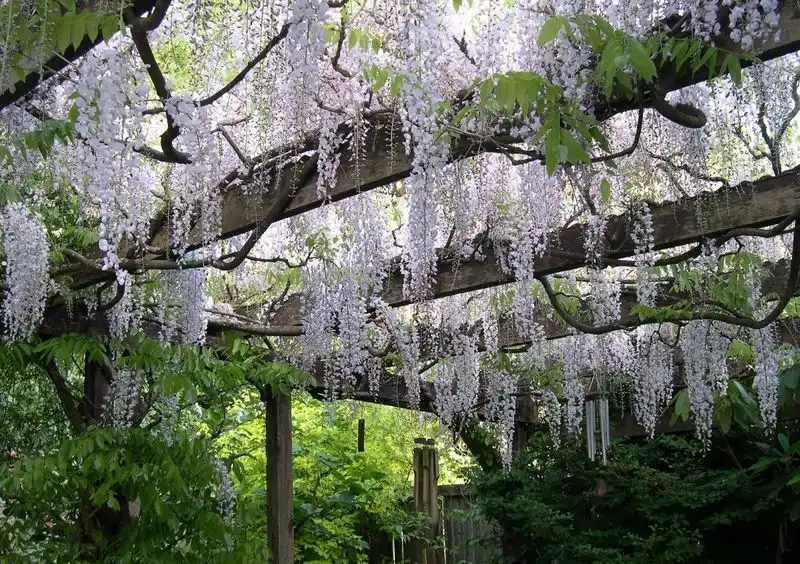
Wisteria’s spectacular blooms are a sight to behold, but its growth can be uncontrollable. It can strangle trees and damage structures with its heavy vines.
Opt for native wisteria varieties that offer the same floral beauty but with a more manageable growth pattern. These plants are less invasive and still provide stunning displays of color.
Butterfly Bush
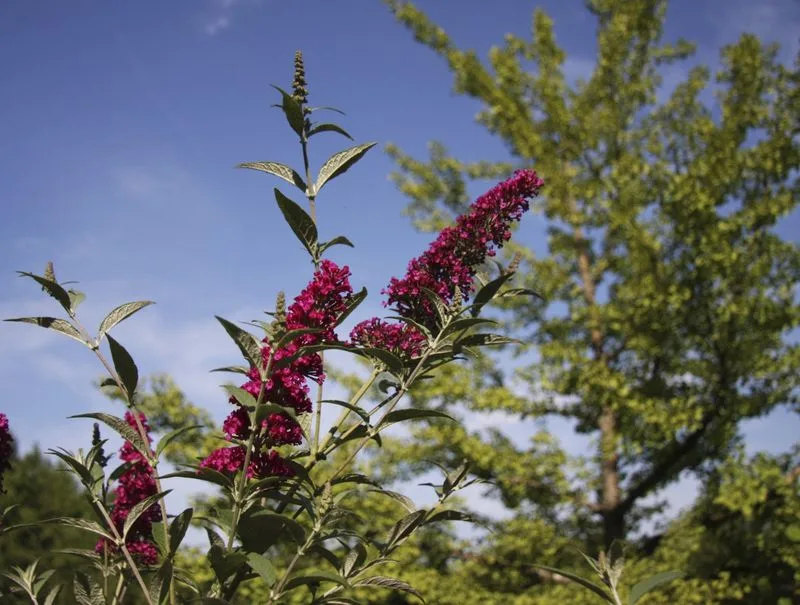
The Butterfly Bush is celebrated for its ability to attract pollinators, but it can become invasive, outcompeting native plants that are vital to local ecosystems.
Swap it out for native alternatives like Joe Pye Weed or Coneflowers, which support a wide range of pollinators without compromising the environment. These plants add color and diversity to gardens.
Yellow Flag Iris
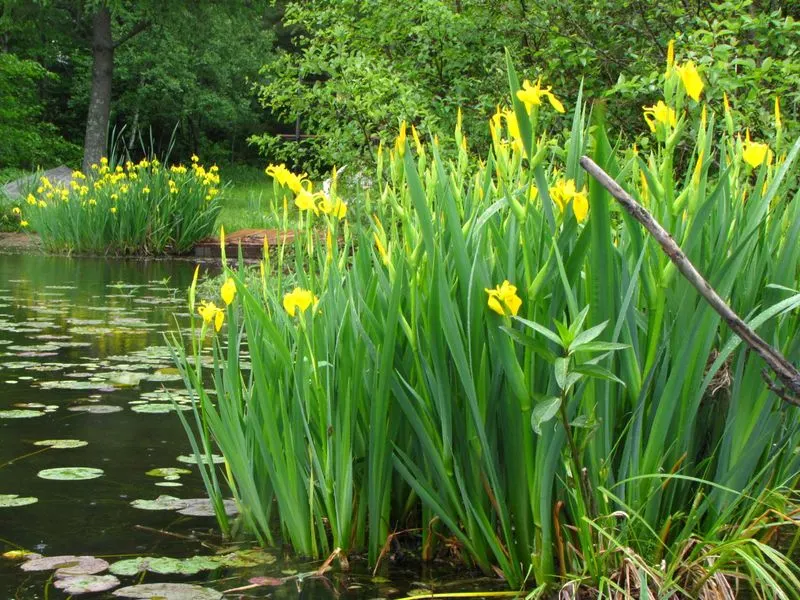
Yellow Flag Iris may offer stunning yellow blooms, but it aggressively spreads in wetland areas, choking out native species and complicating water management.
Instead, plant native irises or marsh marigolds that provide similar visual appeal without the environmental impact. These alternatives are more sustainable and support local ecosystems.
Purple Loosestrife
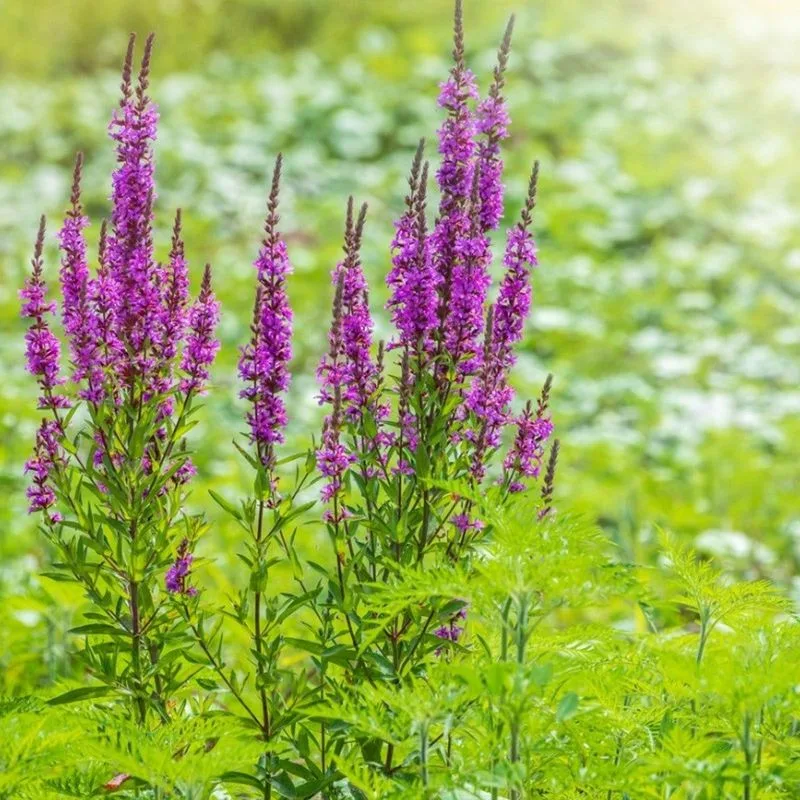
Purple Loosestrife is admired for its vibrant purple blooms, but it’s a notorious invader of wetlands and waterways, disrupting local habitats.
Rather than battling this aggressive plant, choose native wildflowers like Blue Vervain or Swamp Milkweed. These options offer beautiful blooms while supporting native wildlife and maintaining ecological balance.
Clumping Bamboo
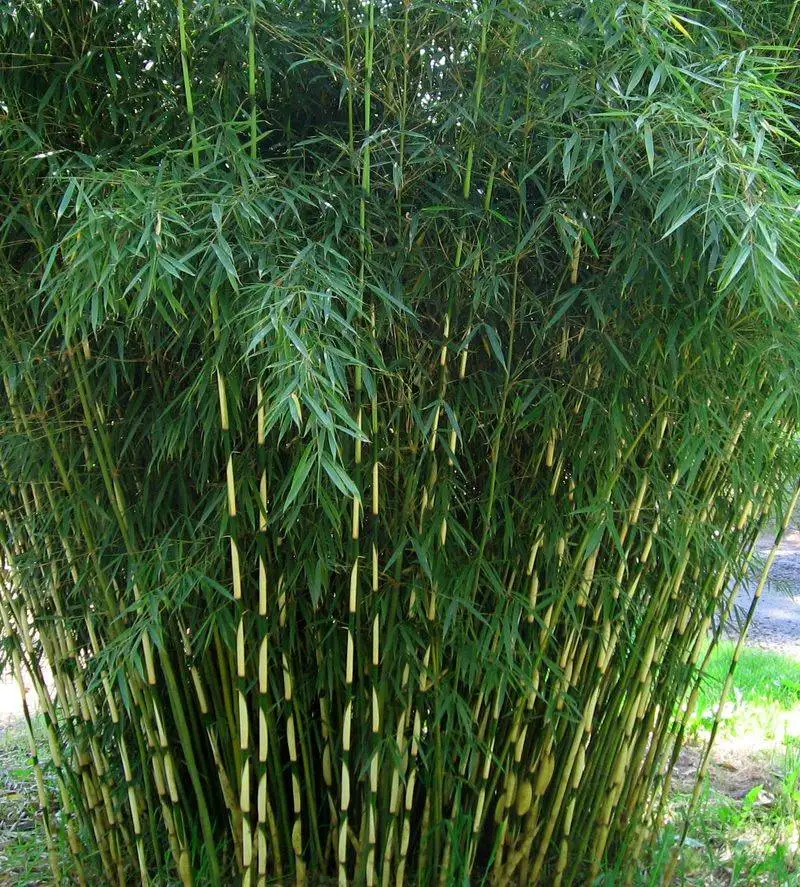
For those interested in bamboo, clumping varieties provide a mindful choice. Unlike their running counterparts, clumping bamboos grow in tight clusters and don’t aggressively invade spaces. They add a touch of the exotic without the maintenance headaches.
These bamboos offer a distinct visual that pairs well with modern and traditional garden designs, providing a sustainable choice for bamboo lovers.
Virginia Creeper
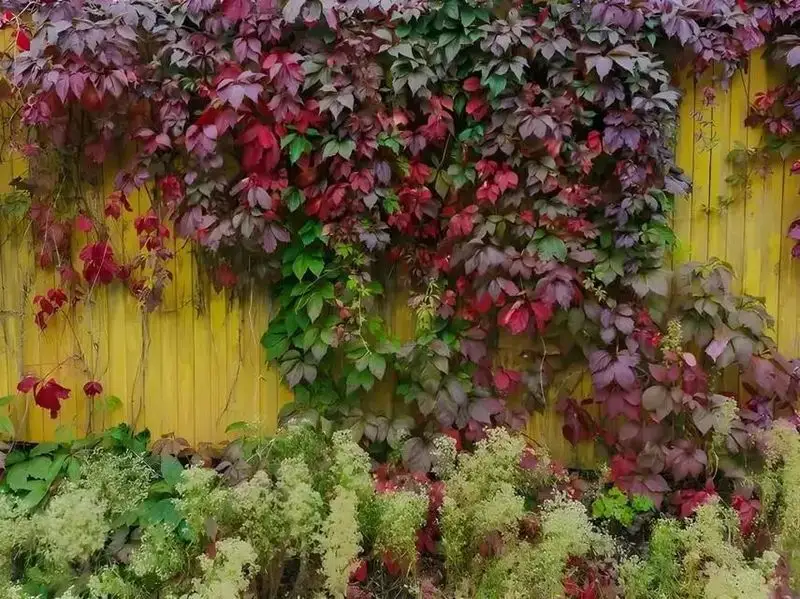
Virginia Creeper is a delightful alternative to invasive ivies. It offers a similar climbing ability without the destructive tendencies. This plant transforms with the seasons, showing off a striking red foliage in the fall.
Its adaptability makes it suitable for various garden settings, providing coverage and seasonal color without the worry of damage to structures.
Ornamental Grasses
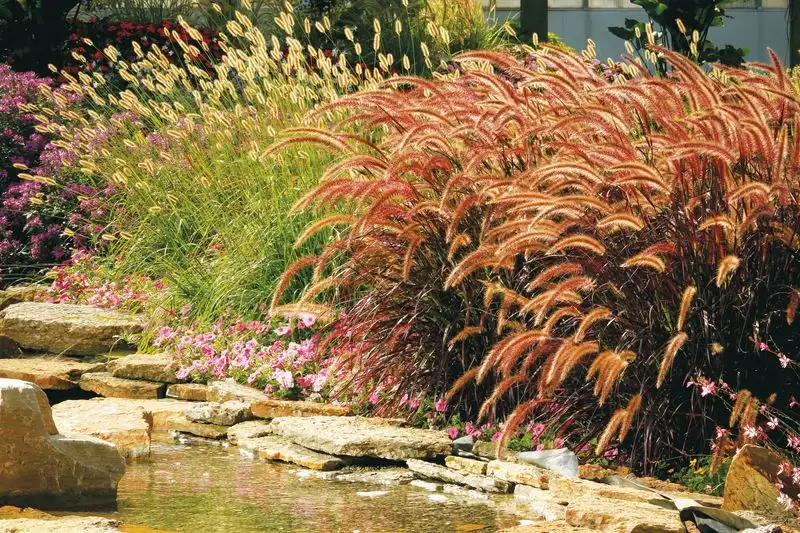
Ornamental grasses bring elegance and movement to gardens without the aggressive nature of some invasive plants. They provide texture and are easy to manage, making them a perfect addition to any landscape.
These grasses thrive in diverse conditions, offering a sustainable and visually pleasing alternative to more troublesome plants like Japanese Knotweed.
Thyme
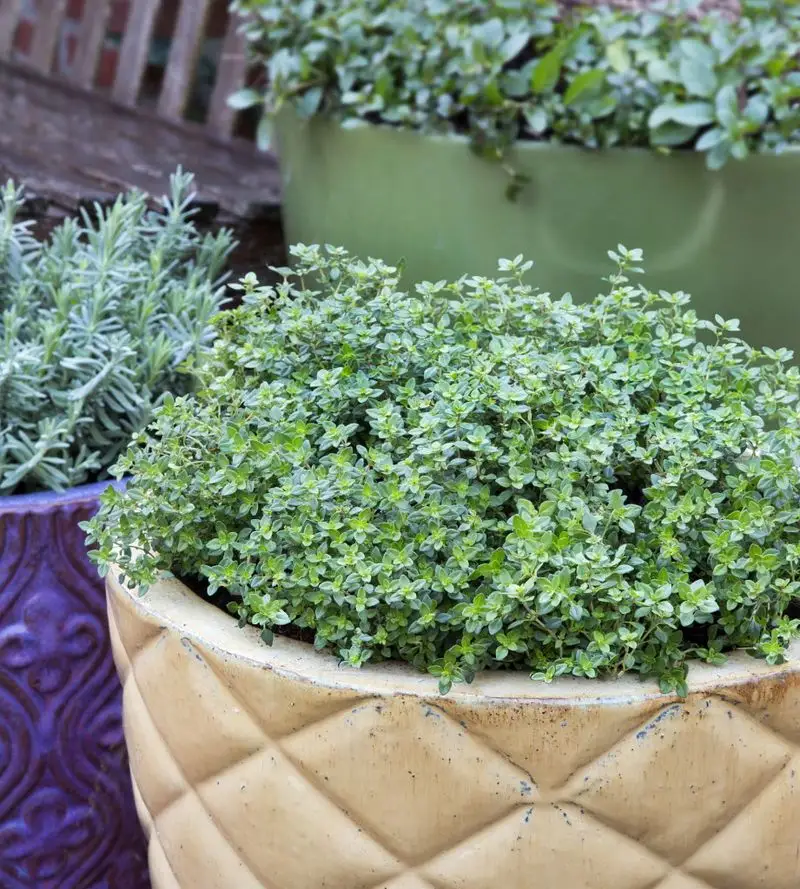
Thyme offers a fragrant and flavorful alternative to unruly mint. This herb grows well in containers, allowing you to enjoy its culinary benefits without it taking over the garden.
Its subtle beauty and versatility make thyme a staple in both kitchen and ornamental gardens, ensuring your space remains organized and aromatic.
Boxwood

Boxwood is a classic choice for hedges and borders, offering structure and elegance without the invasive traits of privet. Its dense foliage provides excellent privacy and can be shaped to suit various garden styles.
With its resilience and adaptability, boxwood stands as a reliable and attractive alternative for landscape designs that require definition without the hassle of constant maintenance.
Serviceberries
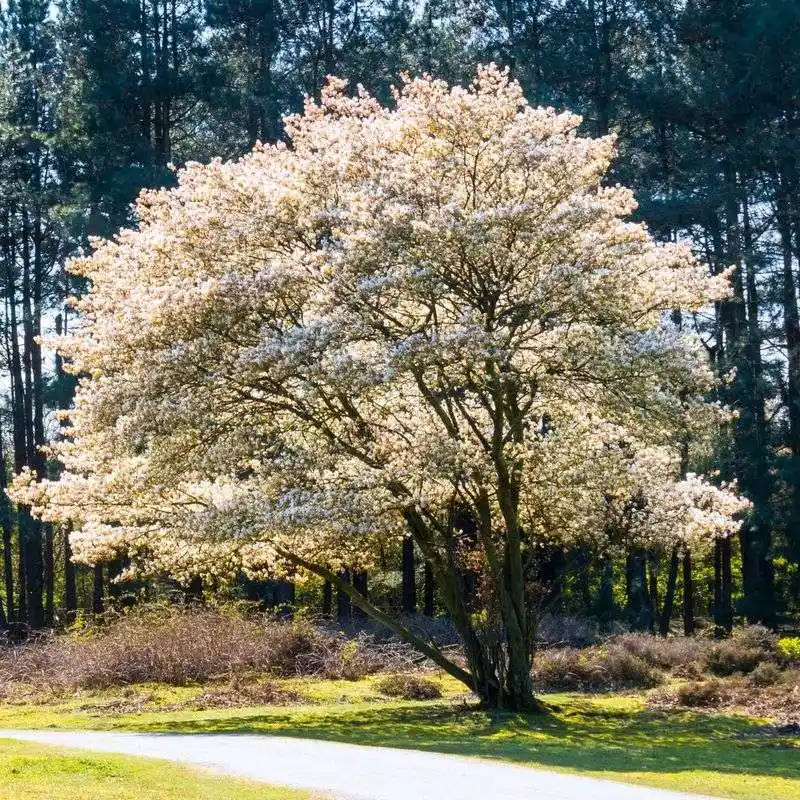
Serviceberries offer a native and ecologically friendly alternative to the troublesome Russian Olive. These trees bring seasonal interest with their spring blossoms and fall foliage.
In addition to their beauty, serviceberries support wildlife by providing food and habitat, making them a perfect choice for environmentally conscious gardeners.
Native Wisteria
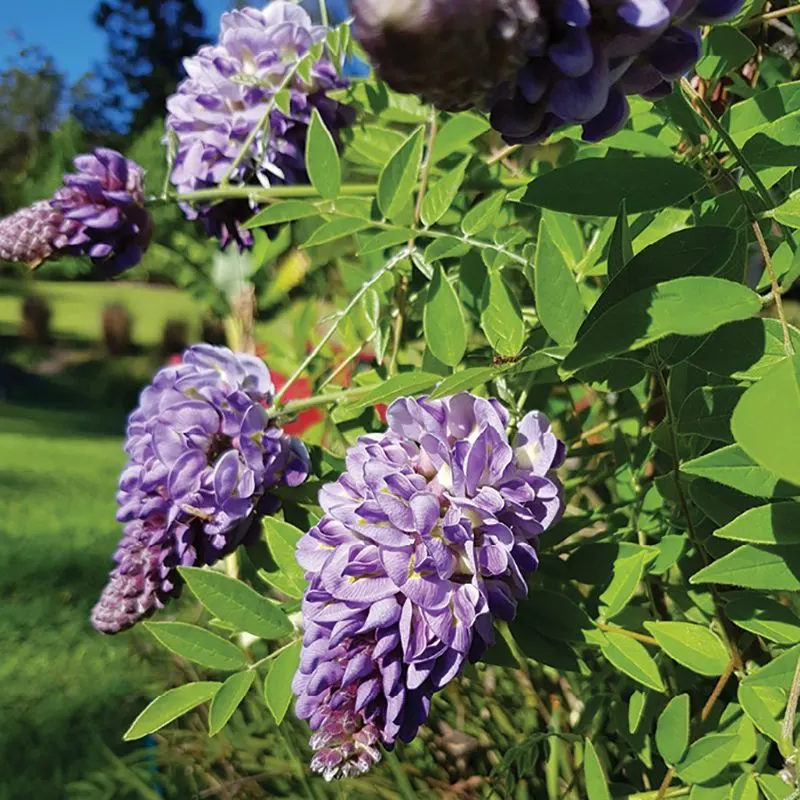
Native wisteria varieties offer the same enchanting floral displays as their invasive cousins but are far more manageable. Their moderate growth ensures they beautify gardens without causing chaos.
These native options are better suited to local ecosystems, supporting biodiversity and creating a harmonious garden environment.
Joe Pye Weed
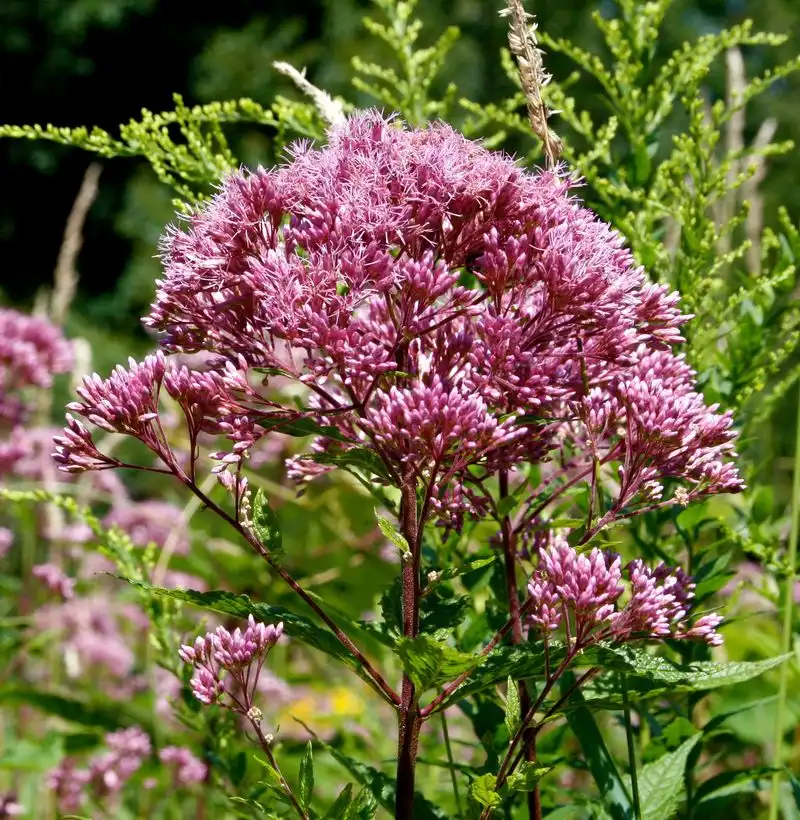
Joe Pye Weed is a wonderful native alternative to the invasive Butterfly Bush. It attracts pollinators like butterflies and bees, supporting local ecosystems while adding height and color to gardens.
This plant is low-maintenance and thrives in a variety of conditions, making it an ideal choice for gardeners seeking beauty and sustainability.
Marsh Marigolds
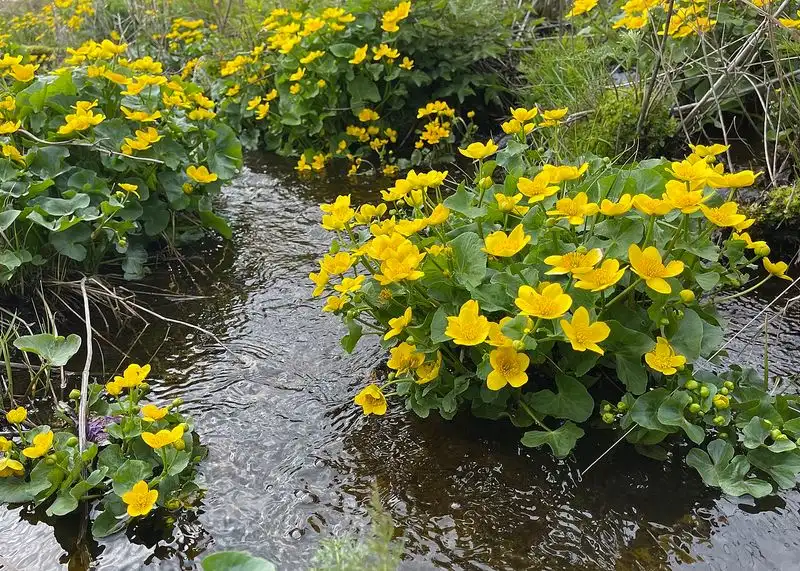
Marsh Marigolds bring cheerful yellow flowers to gardens without the invasive issues of Yellow Flag Iris. These native plants thrive in damp areas and support local wildlife, contributing to a balanced ecosystem.
Their presence in the garden is both aesthetically pleasing and ecologically sound, making them a perfect choice for water-loving garden spaces.
Swamp Milkweed
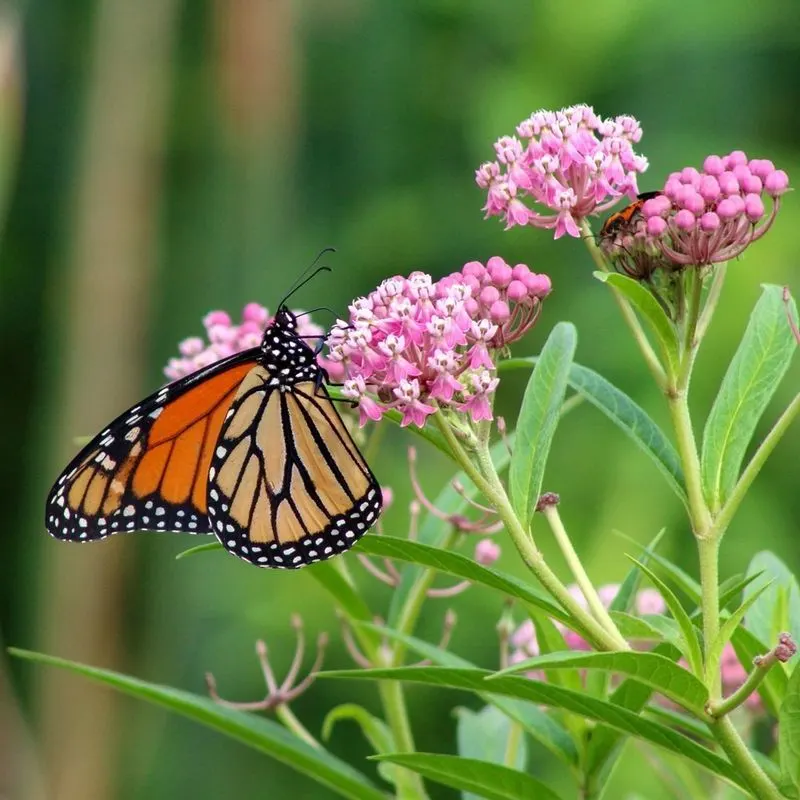
Swamp Milkweed is a native alternative to the problematic Purple Loosestrife. Its vibrant blooms attract a variety of pollinators, including monarch butterflies, enhancing biodiversity.
This plant thrives in wet areas and supports ecological health, offering beauty and environmental benefits. Swamp Milkweed stands as a testament to responsible gardening.

